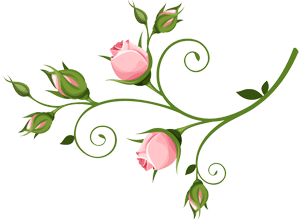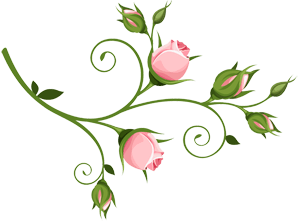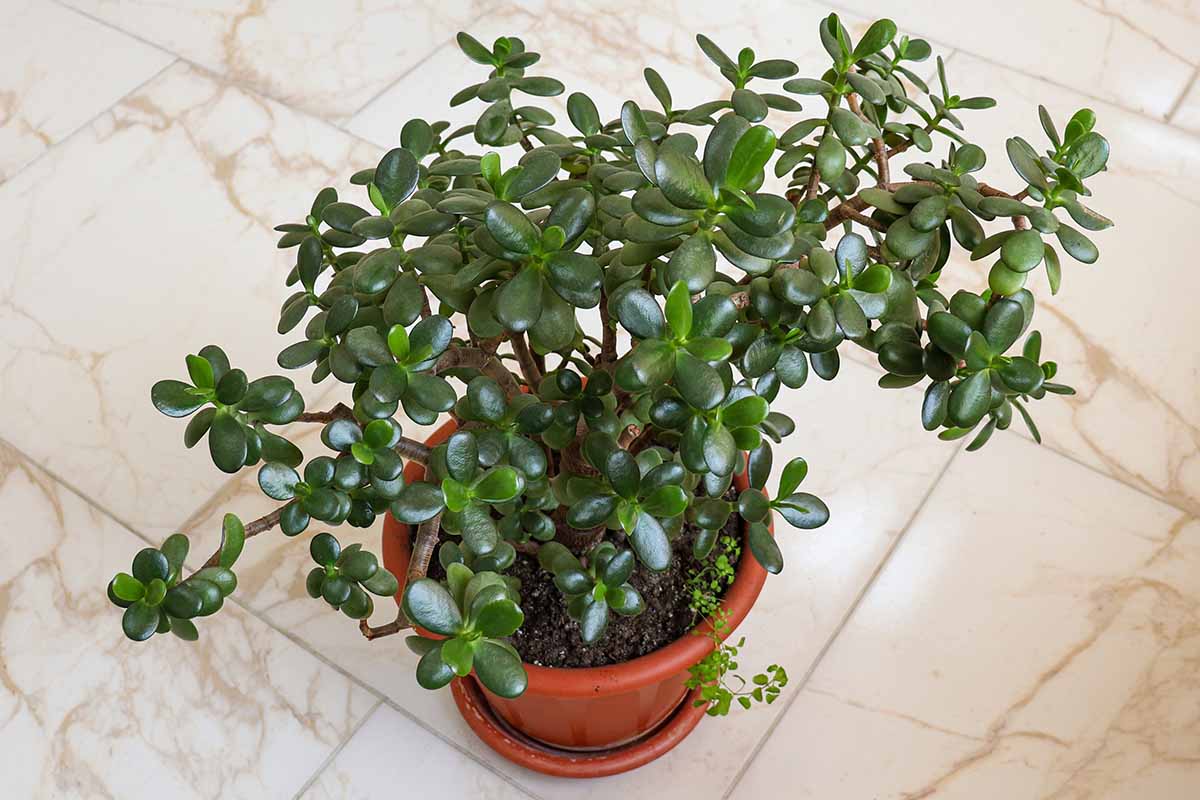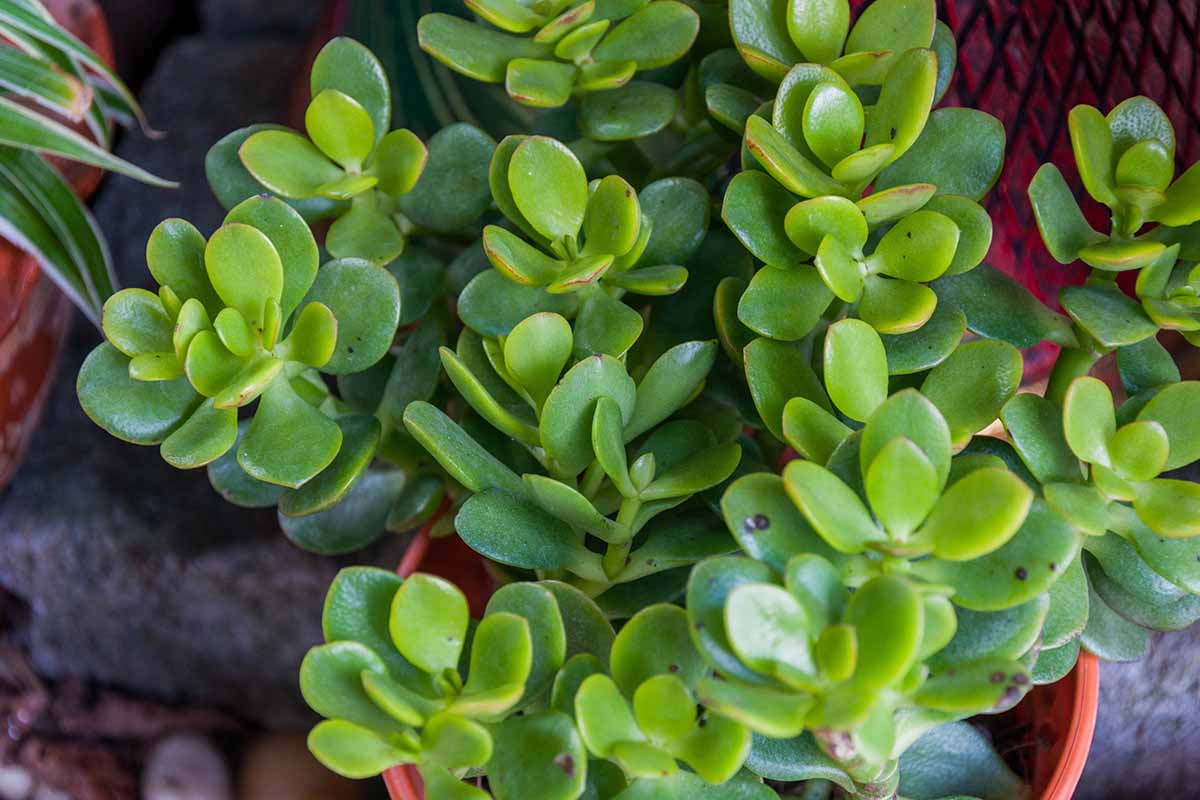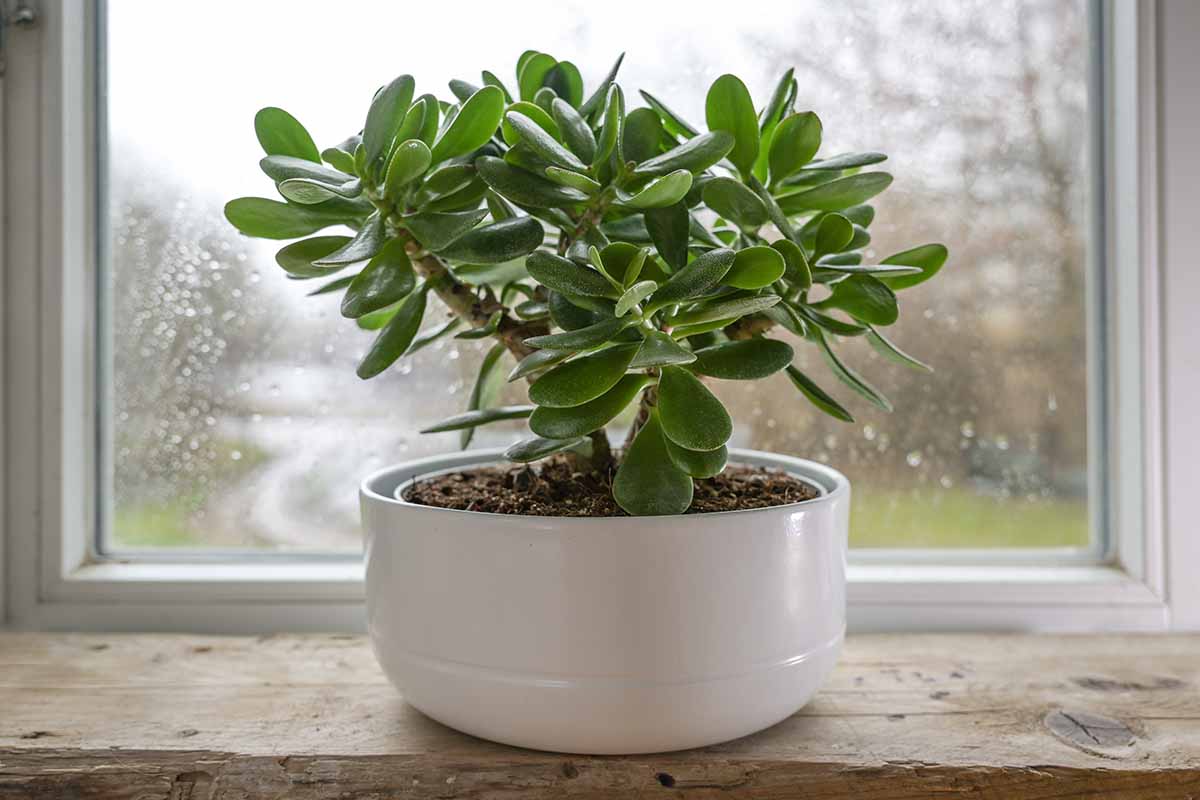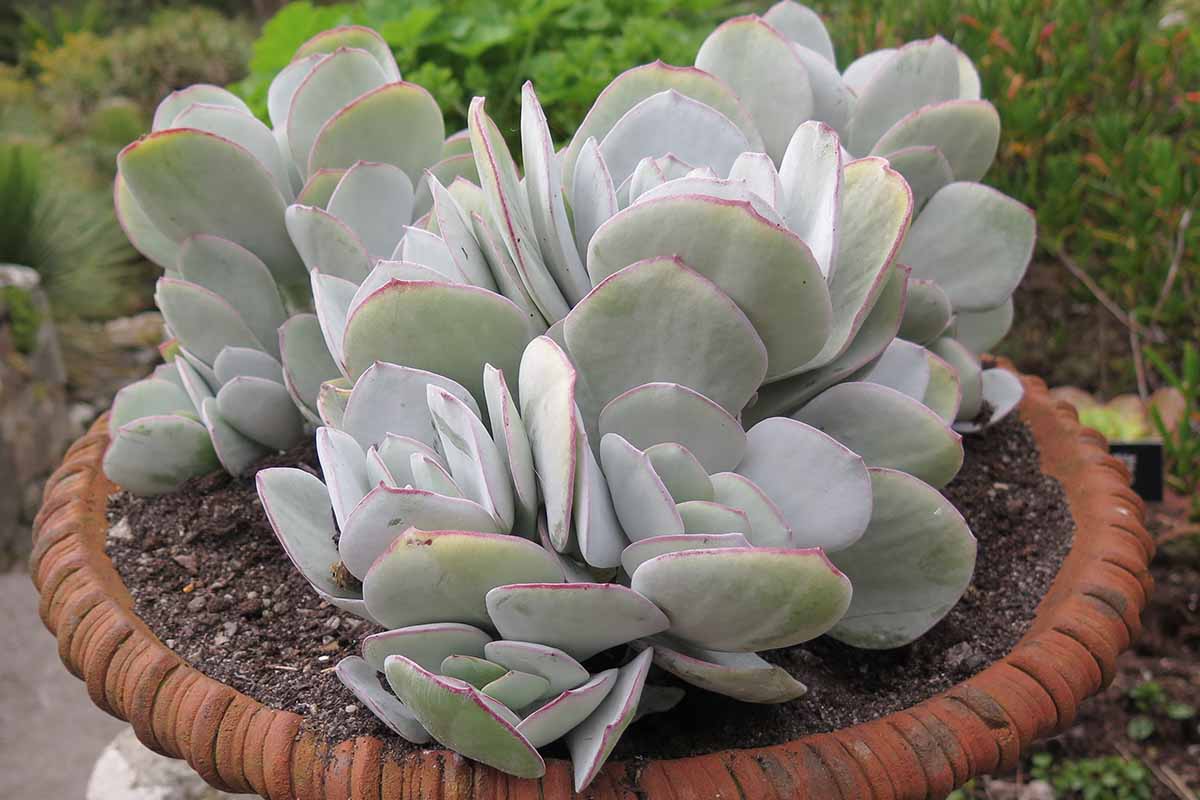How to Identify and Manage Jade Plant Pests
Jade plants are a popular, easy-care houseplants. While pest infestations are not common, these succulent beauties are attacked by insects occasionally. Read more now to learn about the common pests that may attack jade, the damage they can do, and how you can effectively deal with these unwanted creatures.

